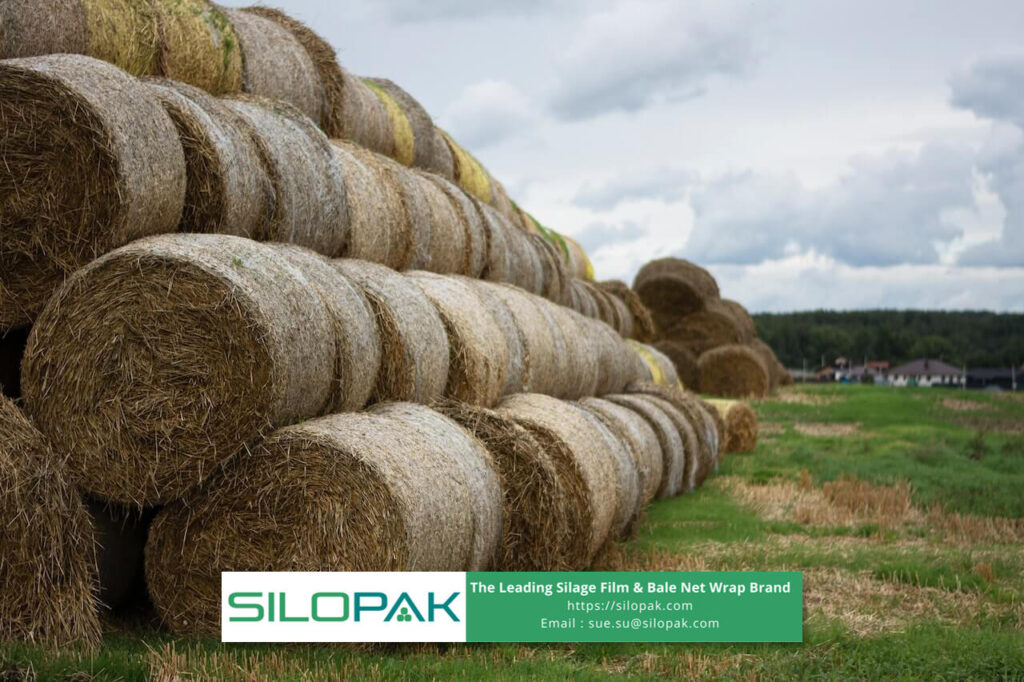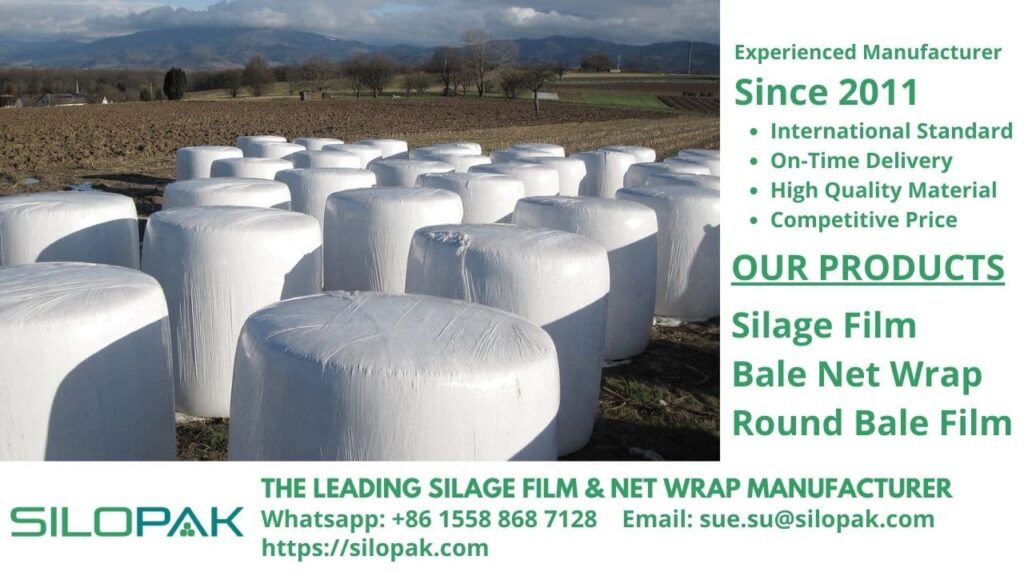
One of the modern agricultural ingredients that many people currently use is barley straw. Straw from barley plants usually goes through certain processing into bales to maintain the nutrients in it. Wrapping dried barley is a neat, consistent work, and has a clear goal. However, straw will be a valuable saving for various purposes such as animal feed, maintaining big ponds so they are clean of algae without having to use chemicals, and improving water quality.
We know that eradicating and stopping algae growth must be without risk to wildlife or other plants nearby. The way barley straw bales work to stop algae from growing is usually through bales weighing 2 grams. The bales will become natural supports in each pond with a surface area of around 80 to 100 meters. When straw bales rot, it is time to release compounds that can kill the growth of weeds and algae.
At least 1 bale can last for 4 months in the pond and it works faster in summer. Meanwhile, ponds that are full of weeds and sticky with a deep green color resembling mud usually require more than 1 bale. People who are serious about the business of selling barley straw bales will be serious about the wrapping process so that there is no hassle during distribution and application.
contents
Barley Straw in Modern Agricultural
The use of a baler wrapper machine to help wrap barley straw bales is commonplace in modern times like now. Even people who don’t know anything about countryside life and are familiar with piles of straw bales in the fields can run a barley straw buying and selling business because of the existence of this machine and the plastic silage film that wraps the precious bales.
When you have land, have the will, and know the workflow for wrapping and applying barley straw, then you can start running this business. People will always notice what you sell because any kinds of straw now become so popular to be the materials of modern agriculture and your weekly or monthly maintenance at home.
Anyway, modern agriculture has transformed into a barley straw bale shop which will sell practical bales of various sizes for a number of purposes. The average bale they sell is specifically for animal feed on home farms or bales for home and office pond maintenance. There are even small to medium sized bales that customers can carry just by riding a motorbike or regular sedan.
The price of one bale of barley straw ranges between $27 to $299. you can immediately do straw bale removal for various purposes when the package arrives. You can apply it to fish ponds, small dams, outdoor ponds, water features, or garden water tanks. You can also make some other barley straw into animal feed or bedding with proper processing steps.
Barley Straw Wrapping
In the barley straw baling business, wrapping is an important key. When you can preserve barley straw with optimal quality, all production and distribution will be able to run flexibly. The use of plastic film or net wrap made from good resin is part of the wrapping and the application of barley straw bales is quite dominant. Surround 4 to 8 layers of plastic protect the quality of a bale from the first day of storage until bale removal.
Anyone who buys barley straw bales with the best wrapping will definitely be able to provide quality feed for their ruminant animals on the farm, incur low production costs, little loss of nutrients, and spend low capital. So, you need to focus on the following points when you wrap straw bales.
Tight Wrapping

Humidity is an important thing that we must pay attention to when wrapping barley straw. You should harvest barley when it is at the boot stage with a humidity level of 40 to 60%. then wrap it until it resembles a seal using silage film in the baler wrapper machine. The plastic must seal all sides of the bale to create an airtight environment. Apart from that, the high-water content and lactic acid will make straw fermentation run well.
Then you should do wrapping in the morning when the water content reaches around 50 to 60%. Do the wrapping immediately at that time so that the straw material doesn’t dry out due to waiting too long. Also make sure the bales have a high density of at least 4 mils so that the environment is anaerobic with reduced oxygen levels. It is also good at inhibiting fungal growth.
Condition of the Plastic Film
The condition of the plastic film that you will use should have a stretch factor of up to 50% with good tear strength, good adhesion and high resistance to ultraviolet light. When the barley straw baling and storage area has sufficient sunlight, you can use white plastic film. Meanwhile, the use of black plastic film is better for areas with low sunlight exposure.
Then you can wrap the bales in an overlapping way to create a tightly closed bale. Tight bales can avoid the entry of oxygen and continuous heat from outside which significantly increases the potential for damage to the baleage.
Storage to Maintain Seal
You must prepare the storage area for the barley straw bales in such a way as to ensure that the seal does not come loose. For this reason, you need to clean up plant residue, twigs or other sharp objects that are likely to puncture the plastic wrapping from the storage area. Protect as quickly as possible by placing a pallet or simply a sheet of plastic from the reinforcement on the ground before placing it there.
You can also spray ammonia to control fungi, bacteria, and weeds. However, rodents and insects can come because there are weeds so they can eat away at the plastic bales over time.
If you need the best plastic film or net wrap to bale your barley straw now you can contact us. We have prominent products from Silopak which have been quality products since 2011. Some customers from several countries always order our products to support their business. Why don’t you join us to have the plastic film you can rely on always?
